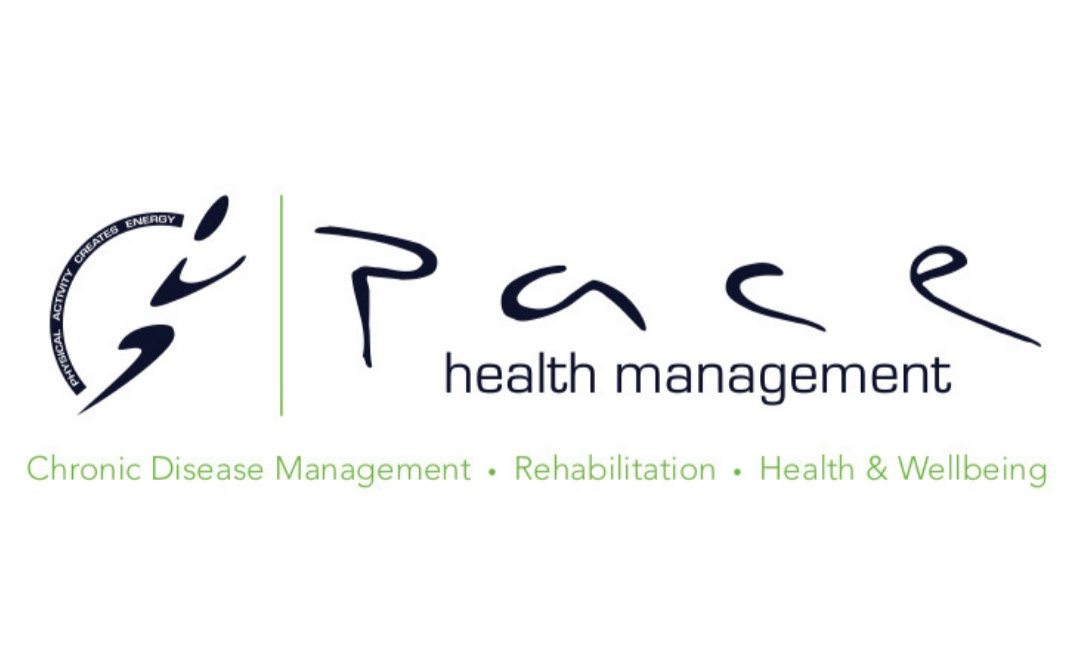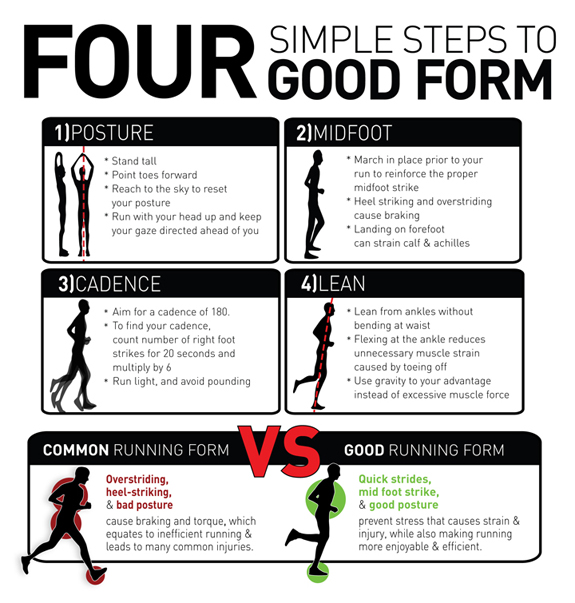Run Forrest, Run!
By Ben Southam - Accredited Exercise Physiologist
As the weather starts to get warmer and the days become longer Australians will hit the pavement in numbers. In fact, to put things in perspective, 200 million people worldwide have taken up running in the past 5-10 years labelling this decade “the second running boom” (the first being back in 1970-80 when the brand Nike was born). In Australia, 8% of people aged 15 years and over consider themselves “runners”. That’s 1.65 million people!
Running is great way to keep fit, improve your health and wellbeing and socialise, but the sad news… 92.4% of runners will suffer a running-related injury!?! That’s a scary statistic. To break this down further, major injuries include:
- Patello-femoral pain – 40%
- Plantar Fasciitis – 15% of injuries occur at the feet with 8% being the plantar Fasciitis
- ITB syndrome – 12%
- Medial tibial stress syndrome– 12-18%
- Hamstring injuries – 7%
- Achilles Tendon – 11%
- Calf injuries – 6.4%
But why does this occur?
Considerable research has been conducted to explored this question further. The findings? It seems a runner’s risk profile can be broken down into modifiable risk factors (things we can change) and non-modifiable risk factors (things we can change). This is outlined below:
It is important to remember that very rarely is one single factor the only reason for injury. Usually we see multiple factors combining which then increases a runner’s profile of injury. Therefore, the best approach for injury prevention is to address each factor as best and effective as possible.
How can we prevent future injury?
You can never 100% prevent future injury, however you can significantly reduce your risk by addressing the above modifiable risk factors. It is interesting to note that muscular tightness, weakness of the hips and poor training load is all directly linked to the above injuries (hint hint). So by addressing these factors first you will automatically reduce your risk profile.
Some further questions to ask yourself would be:
- Has my training load progressed slowly?
- What are my short, medium and long term running goals? i.e. Fun runs, Marathons, Ultramarathons
- How does my job affect my body? i.e. sedentary vs active
- What injuries have I had in the past? How do these affect me now?
- What is my current body maintenance routine (if any)? i.e. Physio, strength training, podiatry assessment etc
For further exploration into the ‘why?’, a specific running musculo-skeletal assessment with a qualified health professional can be undertaken to help you identify specific areas of concern and then address these effectively. During this assessment, a running assessment will also be undertaken to help with technique, biomechanics and gait improvement.
To the left is a simple outline to assist with running biomechanics!
As always, if you have any questions, don’t hesitate to contact one of the PACE clinics to book in a running assessment and correction session.
As the great Steven Prefontaine would say:
“To give anything less than your best is to sacrifice the gift."

